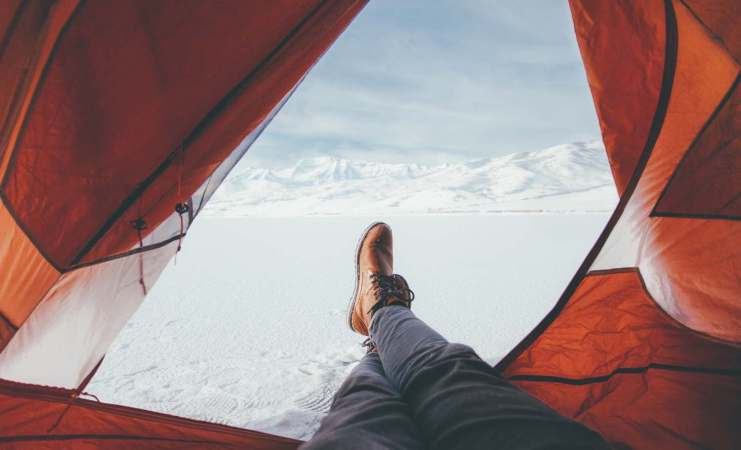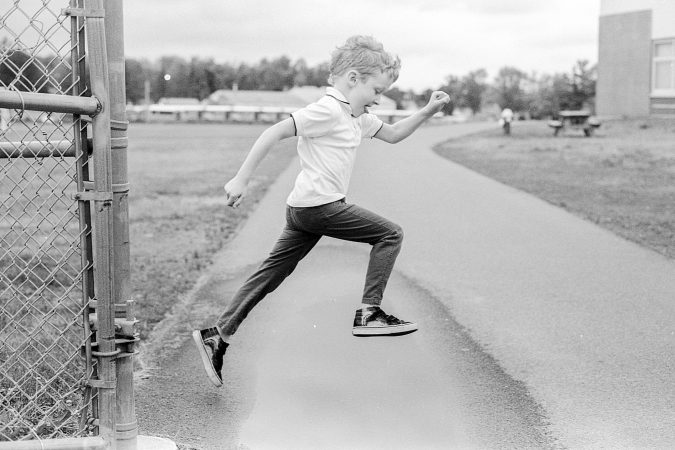

Summer’s right around the corner, but the heat is already on. From unrelenting sunshine to sizzling grills, feeling hot (and cooling down) are part of the daily grind now. PopSci is here to help you ease into the most scorching season with the latest science, gear, and smart DIY ideas. Welcome to Hot Month.
A sticky, humid day can make it impossible to peel yourself away from the hum of the fan, let alone pull on a soon-to-be sweat-stained outfit. But because we can’t hide from the heat forever, a thoughtfully stocked wardrobe is one of the best tools to fend off the blazing summer sun.
How our bodies handle heat
Our bodies, like the bodies of any animal, combat heat in two key ways. The first is through behavioral regulation—looking for a cool patch of shade on a hot day, or, in an example far more likely for humans, hanging out with the air conditioning on full blast.
Second, there are the neurophysiological regulations. When our bodies sense environmental temperature, the nerve endings in every part of our body (the peripheral nervous system) send that information to the preoptic anterior hypothalamus—a region of the brain that acts as a thermostat. This built-in temperature regulator then tells the rest of our body how to react.
[Related: 5 ways to stay cool without blasting the AC]
Sweat glands work to evaporate liquid from the body and decrease our temperature. Meanwhile in the cardiovascular system, vasodilation—the dilation of blood vessels—lowers blood temperature and causes heat to leave the body. We also increase our metabolic rate and our breathing rate. All of these actions, carried out by effector organs like sweat glands, work together to keep our bodies at a constant level of about 98.6 degrees Fahrenheit.
With this knowledge in mind, we can choose clothing that will keep us cool in the summer without blocking our body’s natural processes. In order to make the most of evaporation and heat dissipation, your summer style should focus on clothing that is loose and airy with minimal coverage.
What to wear and how to wear it
That generally means loose-fitting clothing made of fabric that air can easily get through, says George Havenith, director of the Environmental Ergonomics Research Centre at Loughborough University in the UK. “What you want is that air layer underneath the clothing next to your skin to be refreshed as often as possible.”
Although there is no absolute rule of thumb because clothing engineers can adjust many aspects of a garment’s materials, look for clothes that are a weave or a knit. In general you’ll want something with more open threading, but it’s not always that simple—a knit tends to be more air permeable than a weave, for example, but will probably be a bit thicker.
“When I look at clothing in the lab, the first thing I tend to do is just put it to my mouth and just blow through it,” Havenith says. “How easy you can breathe through it is a very good indicator for the air permeability, of course, and how much moisture and how much heat can come through quite easily.” So go ahead: test your clothes with a couple breaths. Don’t do this with clothes you haven’t bought yet though—that’s gross.
Linen and cotton are two good materials to look for, although modern clothing technology means that even traditionally stuffy wool can be crafted into a thin, comfortable material.
Advancements in clothing tech are also put to work for top athletes and casual gym-goers alike, all of whom normally wear polyester or blends of polyester and cotton. Activewear development engineers often focus on little adjustments that can add up to affect comfort, like reducing the number of places a piece of fabric touches the skin, or adding tiny metal fibers that conduct heat away from the body.
If you can, avoid multiple layers and choose lighter colors that will reflect light and reduce the amount of heat absorbed by the clothing. If you have to wear darker colors, look for clothing coated with special materials that reflect solar radiation, allowing less of it to reach (and warm) your body. And while tucking in your shirt might be fashion forward, keeping your shirt loose and allowing air to enter around the waist can make a big difference for keeping you cool.
[Related: How fire-resistant clothing works]
And while these guidelines may work for most of us, people in extreme desert conditions might need to make some adjustments. For example, they may want to wear several layers of clothing to help increase sweating, which cools the body by dissipating heat more quickly. This strategy follows the same logic of the seemingly counterproductive custom of drinking hot tea or other warm beverages on a scorching day.
For the rest of us, it’s thin, airy clothes till the sweet, sweet AC kicks in.















